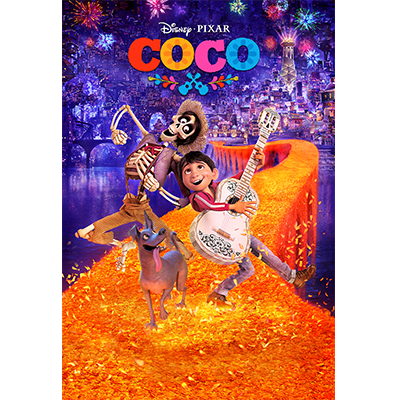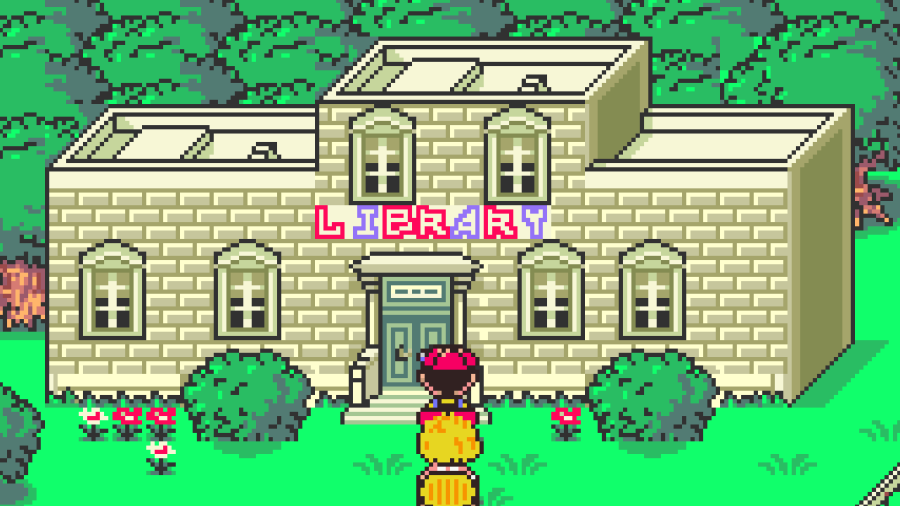One of the last things she left for me to teach last year, when I was subbing for a Spanish teacher up the hill, was the Disney movie Coco. It was for after the intermediate classes had taken their exams, so even more than usual it was really just a way to pass the time, and yet I can think of no better way to spend class time than this: looking at a great work and talking about it, using as much as possible the language it gives us, so as to learn it for ourselves. At least for a few days at the end of the school year, this is what we did. Anyhow, I did my best to make it interesting for them, and I got some positive feedback from the students.
Here's a few things I found. We are never too old to watch Disney movies. Maybe an obvious point, but it bears setting out up front. I think this corollary is also true: we're never too young to read great books. A firsthand encounter with great works is the main thing. I lay this down as a basic presupposition. To deny it suggests to me an atrocious hubris on the part of the teacher or rather the administrators pushing their own well-meaning but ruinous, barren curriculum. If students spend time reading or watching something great in class, that is time well spent.
Just watching a movie is frowned upon these days, though. When I was a kid it was the go-to activity whenever we had a sub, but I was cautioned that we had to have something else going on, to justify it as learning. Thus, I used this article, Las claves de Coco para entender la cultura Mexicana, as a point of departure for further study of the movie, from a site called, evocatively, Hipertextual. So there's a handy thing to know: along with the great work, we can provide an example of a response to it, so students have an idea of what we're doing in our discussion. Ideally, they'll learn by doing it, but it seems to reassure them, and any administrators walking by, to have more of a concrete example--particularly if we're going to put something in writing. Of course the teacher's role in reading, speaking, listening, and writing is also a crucial example. So I made much of being interested in watching the movie and reading this article about it, and exuded still more interest in hearing what the students themselves thought. This only works if the teacher really is interested, of course, so that's yet another reason to just spend time on great stuff.
After we completed the movie, then, we read that article out loud as a class, so kids got to practice their pronunciation and fluency and learn lots of new words in context. They got to ask questions, and I got to amplify the examples touched upon by the article: Did you notice the name Dante? Do you know who Dante was? What strikes you about the painting? Have any of you seen Kahlo's work before? In person, at a museum? Have you ridden the cable car above the falls in Riverfront Park? and so on. This illustrates some of what we mean by greatness: that the work, on the one hand, fits into a universe of other great works--the paintings of Kahlo and Rivera, the architecture of ancient and modern Mexico, with its religious and cultural syncretism, the poetry of the underworld and the much-bandied-about hero's journey; and, on the other hand, it stands on its own, as we do in approaching it, providing something integral in itself and new to us: the experience of wonder and awe when the truth is revealed, which lights up the eye of the beholder, maybe with welling tears. The main take-away is this experience. Just to elaborate a bit, though, we might reflect on how this experience carries with it the sense that it is simultaneously uniquely ours and shared with everyone else who encounters the work, and that we all gain by attempting to communicate honestly (where two or three gather...); that other people, starting with the teacher and my classmates, care what I think, that what I think matters not just because I believe it (though in a sense, that must be so), but because it represents my earnest attempt to enter into this universe of great works, not only of art and poetry but also science, technology, politics and every other human endeavor, and nothing could demonstrate more responsibility, or be worthy of more respect, than this.
To provide something a little less abstract--though I stress again, there is nothing more concretely real than that experience and our developing reflections upon it, and without it there's no point in any amount of professional-sounding blather about so-called Socratic teaching or hero's journeys, etc--we have to look at the songs. The music and lyrics, even more than the visuals or other references, were the essential elements I was most interested in delving into from the movie. And here I'd remark that it's important not to take ourselves too seriously. Part of this sincere attempt at understanding, in the case of Coco, is serious play, playing with words, digging into their meanings well beyond the surface. I don't actually know much about music or movies, or education, for that matter--I'm only a substitute, after all--but I know that it's where my interest drew me, and so I pursued the questions with the class.
It's a little funny to take the time to look seriously at the individual words used in the songs in Coco, but the difference that doing so can make for the audience is by no means trivial. So to give an example: in Spanish class one of the first things students learn is that there is an informal and a formal mode of address: tu and usted, or vosotros and ustedes in the plural. Dealing with the concept of grammar as such, and especially putting together subjects with their verb conjugations, is most of what students trudge through for their first couple of years of Spanish class, so I wanted to show them why this actually matters. At some point they start to get into the subjunctive mood, another thing we don't really deal with anymore in English, but which is very significant in the Spanish lyrics of the songs. This is what I mainly mean by talking about the register of the songs: how are the formal and informal pronouns and the indicative and subjunctive verbs used? What can we take from that about the meaning? These are difficult questions, but extremely rewarding to explore. So I lead up to them gradually, listening to and singing along with them the songs over and over, pointing out patterns in the lyrics, getting students to articulate their understanding of the grammar and to see it used in context.
For anyone interested in trying this, looking at the lyrics' use of subjunctive (particularly in Llorona, traditional), and informal and formal register (between Recuerdame and Latido de mi corazon, composed for the movie) made for an excellent grammar review and deepened our understanding of these marvelous songs. I highly recommend it, and would be glad to talk more in detail about my analysis and about lesson planning if you'd like. To extend the activity, students can compare and contrast the Spanish with the English translations, or even try translating a few lines or stanzas.
For a send-off, though it's not in the movie, we sang karaoke to the classic Cielito Lindo and went smiling into the summer which is now, sure enough, ending.
Ay, ay, ay, ay
Canta y no llores...
Tuesday, August 28, 2018
Subscribe to:
Post Comments (Atom)




No comments:
Post a Comment